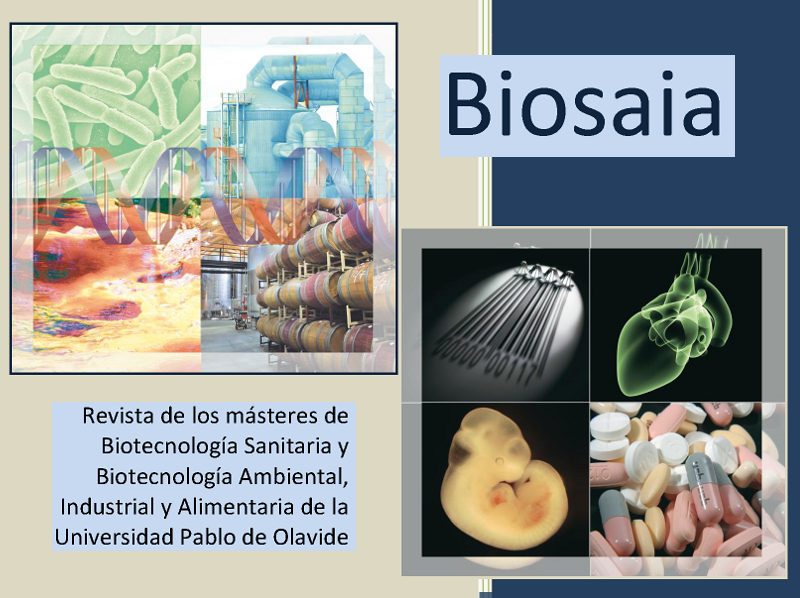Precision medicine in ethylmalonic encephalopathy: patient derived fibroblasts for physiopathological research and finding potential therapies
Resumen
Motivation: Precision medicine fucuses on using cells directly from patients to characterize their phyisiopathology and try to find out potential therapies.
Ethylmalonic encephalopathy (EE) is a serious metabolic disorder that usually appears in early childhood development and primarily effects are seen in the brain, gastrointestinal tract, and peripheral vessels. This disease is usually progressive and fatal. EE is characterized by high levels of acidic compounds in body fluids. Another feature of the disease is that the activity of mitochonddrial complex IV is usually decreased, which limits energy production in tissues that require a large energy supply such as neuronal and muscle tissues.
The main common point of all the metabolic alterations related to EE is that a mitochondrial sulfur dyoxigenase named ETHE1 is altered, what leads to accumulation of H2S due to its deficient elimination.
Methods: In this work, fibroblasts of a patient that suffers from ethylmalonic encephalopathy are used in order to characterize the physiopathology. These cells are used in various experimental assays with the purpose of knowing the metabolic pathways that are affected, such as sulfur detoxification through ETHE1 and other alterations induced by the accumulation of H2S such as complex IV function and high concentrations of organic short-chain acids such as ethylmalonic acid. Some of these assays are Western blots in order to know the expression levels of mitochondrial proteins, respiratory complexes activity, intracellular sulfur concentration and, finally, pharmacological screenings with the goal of identifying positive compounds.
Results: We found that ETHE1 has lower expression levels in the patient compared to control. Complex IV subunits are not uniformally expressed, some subunits are downregulated while others are up-regulated. We also found some compounds that seem to improve complex IV activity in patient`s cells.
Conclusions: Fibroblast cell cultures derived from patients are interesting cellular models for both disease modelling and pharmacological screenings but it is neccesary further studies to confirm the results and to clarify the mechanism of action of the positive compounds and their use as medical therapies.
Descargas
Citas
Kabil, O., Motl, N., & Banerjee, R. (2014). H 2 S and its role in redox signaling ☆ , ☆☆. BBA - Proteins and Proteomics, 1844(8), 1355–1366. https://doi.org/10.1016/j.bbapap.2014.01.002
Leipnitz, G., Schuck, P. F., Ribeiro, C. A. J., Dalcin, K. B., Assis, D. R., Barschak, A. G., Pulrolnik, V., Wannmacher, C. M. D., Wyse, A. T. S., & Wajner, M. (2003). Ethylmalonic acid inhibits mitochondrial creatine kinase activity from cerebral cortex of young rats in vitro. Neurochemical Research, 28(5), 771–777. https://doi.org/10.1023/a:1022874103630
Sahebekhtiari, N., Fernandez-Guerra, P., Nochi, Z., Carlsen, J., Bross, P., & Palmfeldt, J. (2019). Deficiency of the mitochondrial sulfide regulator ETHE1 disturbs cell growth, glutathione level and causes proteome alterations outside mitochondria. Biochimica et Biophysica Acta - Molecular Basis of Disease, 1865(1), 126–135. https://doi.org/10.1016/j.bbadis.2018.10.035
Descargas
Publicado
Cómo citar
Número
Sección
Licencia

Esta obra está bajo una licencia internacional Creative Commons Atribución-NoComercial-CompartirIgual 4.0.





